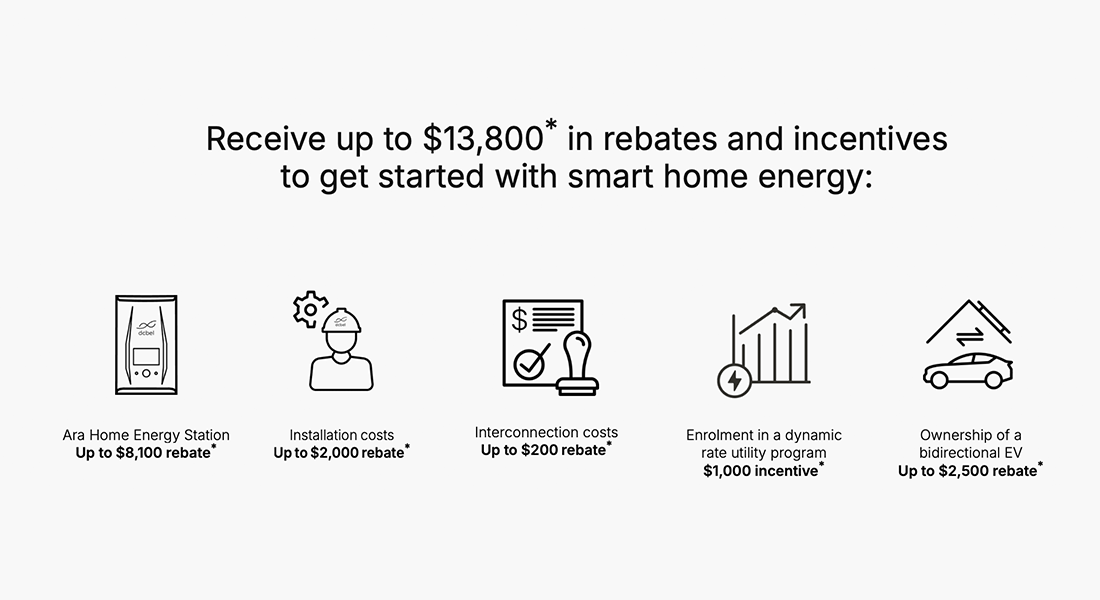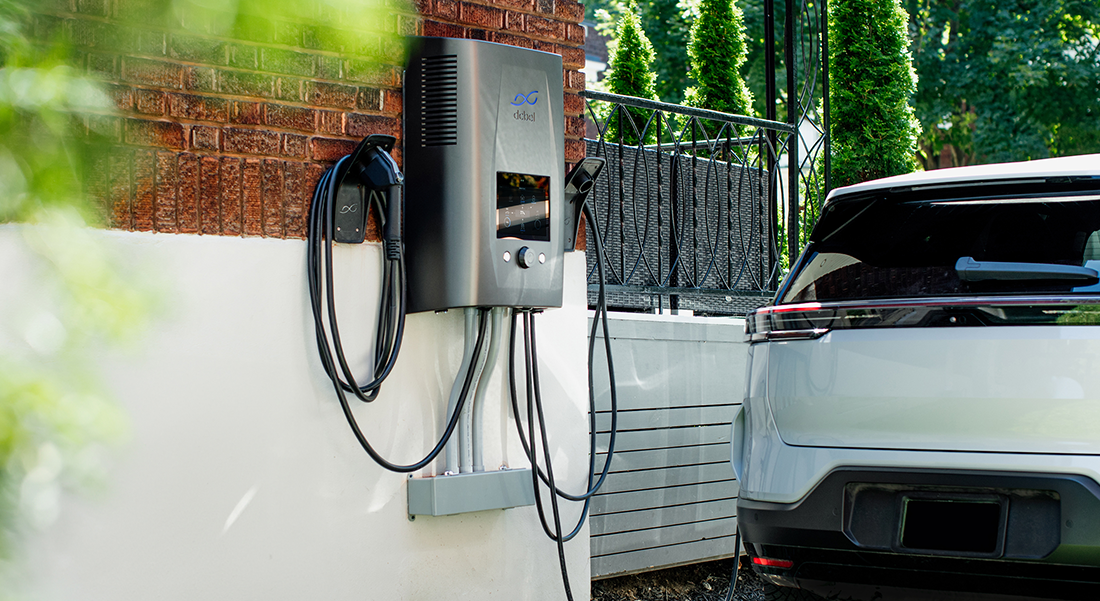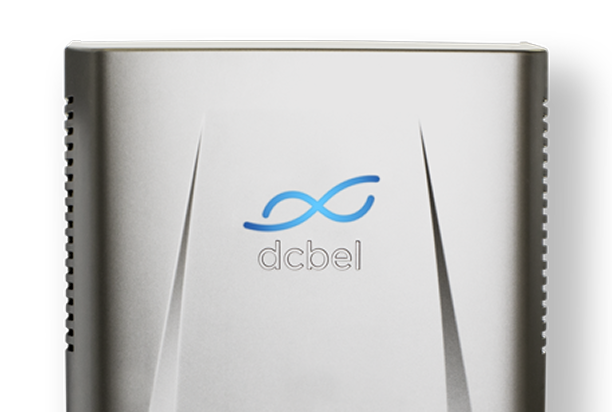The future of energy is uncertain, and lately, so are the incentives meant to support it. With news swirling about rebates being scaled back or eliminated, it’s easy to wonder if the opportunity for energy independence is slipping away. But if you live in California, here’s what you should know.
California is not only keeping its programs alive, it’s expanding them. From solar and battery rebates to EV charger incentives, demand response rewards, and clean energy tax credits, the state has created a powerful stack of programs to help homeowners cut costs and modernize their energy use. These incentives are designed to make homes more efficient, more resilient, and less dependent on volatile utility rates.
dcbel has its own spot in this suite of incentives with the California Connected Home Rebate Program, which was launched after dcbel won the Responsive, Easy Charging Products With Dynamic Signals (REDWDS) grant award. This grant supports solutions that help EV drivers respond to dynamic grid signals to reduce energy costs and enhance grid reliability.
The Need for a Private Grid in California
In 2024, the California Energy Commission (CEC) awarded dcbel the largest grant under the REDWDS initiative totaling $52 million to deploy Home Energy Stations throughout California, in collaboration with partners like UC Davis, Lawrence Berkeley National Laboratory, Southern California Edison, Sonoma Clean Power, and GRID Alternatives.
While the mandate of REDWDS is to support solutions that improve EV chargers, by selecting the Home Energy Station, the CEC invested in something much more.
The Home Energy Station allows you to set up your own private grid – a homeowner-controlled energy ecosystem that brings together solar panels, home batteries, EVs, and the grid into a unified network. This network allows homeowners to generate, store, and consume energy in the most efficient and cost-effective way possible. Most importantly, it allows them to use energy on their own terms.
Setting up a private grid isn’t about terminating your connection to your utility, but about creating more avenues to interact with energy. You’ll still stay connected to the grid, but with added flexibility and control over your energy. The concept of a private grid marks a shift from centralized control to distributed empowerment.
This will result in you working with and without utilities, depending on how you want to use energy. For example, you will collaborate with the grid when you want to earn money by participating in programs like demand response and virtual power plants. However, when you want to avoid paying peak rates to your utility, you can power your home using your ecosystem of local resources like solar panels, a home battery, or an EV.
The availability of a private grid makes distributed empowerment a reality, and this is invaluable for Californians who have seen electricity bills climb by an average of 12.5% annually for the past six years, totaling a 104% increase from 2015 to 2025.
The trend of increasing bills is likely to continue seeing that energy demand in California from AI could increase by the same amount needed to power 20 million homes in the next 15 years.
California Connected Home Rebate Breakdown
dcbel offers up to $13,800 in combined rebates and incentives. Here is the breakdown:
- Ara Home Energy Station: up to $8,100 rebate
- Ownership of a bidirectional EV: up to $2,500 rebate
- Installation costs: up to $2,000 rebate
- Interconnection costs: up to $200 rebate
- Enrollment in a dynamic rate utility program: $1,000 incentive

Unlock More Savings with State Programs
In addition to the California Connected Home Rebate, you can take advantage of a wide range of programs in California that support solar panel installations, battery storage, and EV adoption.
According to the DSIRE database, there are a total of 120 active solar and EV rebate programs available in California.
EV Charger Rebates
- Southern California Edison (SCE): Offers between $300 and $1,200 for installing Level 2 home EV chargers.
- Pacific Gas & Electric (PG&E): Provides up to $4,000 for EV-related upgrades, including charger installation.
Solar and Battery Incentives
The Self-Generation Incentive Program (SGIP) offers low-income households:
- Up to $3,100 per kilowatt (kW) of solar capacity.
- Up to $1,100 per kilowatt-hour (kWh) of battery storage.
Property Tax Protection
Active Solar Energy System Exclusion: Prevents property tax increases from the added value of solar installations.
California Connected Home Rebate: Key Questions
Q. Which rebates am I eligible for?
Rebate amounts vary based on where your home is located. Customers in areas designated as disadvantaged or low-income communities (“Priority customers”) may qualify for higher rebates. These designations are based on state guidelines that consider factors like income levels and environmental impact.
To see what documents are required to participate in the program, click here.
Q. What if I don’t have a bidirectional EV?
No problem. You can start by using Ara as a smart charger and still qualify for subsidies. Thanks to over-the-air software updates, Ara is compatible with your favorite EV, today and tomorrow.
Q. Do I need rooftop solar on day one?
No. You can start with an EV as the first element of your private grid. dcbel’s Orchestrate operating system will be able to leverage its large battery to lower your energy bills and prevent blackouts. When you add solar panels, you’ll experience the full benefit of producing and storing more of your own energy.



